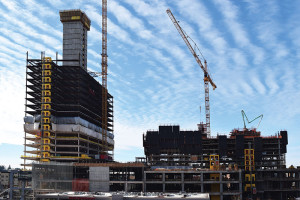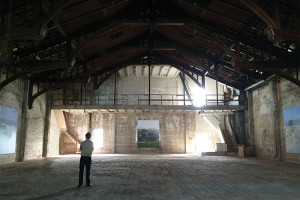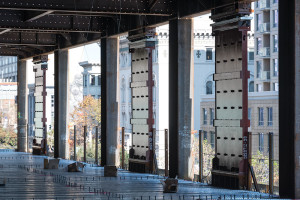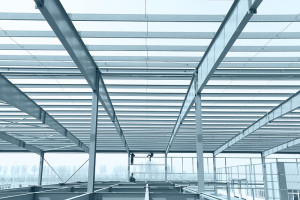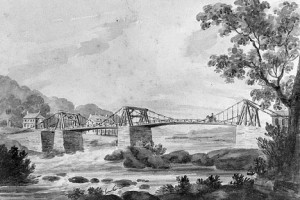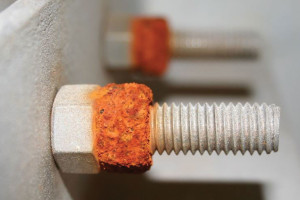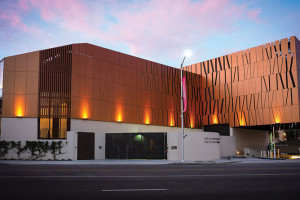Steel Fiber Reinforced Concrete Solves Seismic Design Challenges
Bellevue, Washington continues to blossom into a vibrant, world class city. The Lincoln Square Expansion (LSE) broke ground in downtown Bellevue in June 2014 and, when complete in 2017, will add two 450-foot towers, a four level retail podium, and six levels of subterranean parking to Bellevue’s urban core. …

